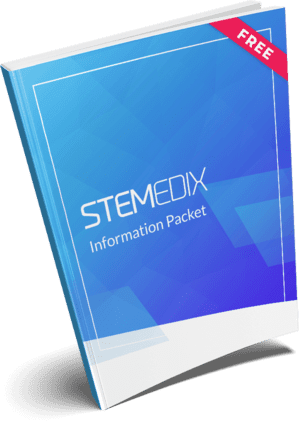Stemedix Regenerative Medicine Research and Health Awareness Blog
Stay up to date with the latest developments in regenerative medicine research and treatment. Subscribe to our newsletter.
7 of the Best Salad Greens for Your Health
You probably already know that leafy greens are considered the holy grail of nutrition. While they’re low in calories, they’re also rich in the key vitamins and minerals needed to help our body function its best. Yet, a lesser-known aspect of these powerful veggies is...
Mesenchymal Stem Cells Exert Therapeutic Effects in Duchenne Muscular Dystrophy
Duchenne muscular dystrophy is a degenerative condition that is hereditary caused by mutations to a gene called dystrophin. The condition affects both skeletal and cardiac muscles, impairing physical mobility and leading to weakened heart and respiratory functioning....
Here’s What Everyone Should Know About the Keto Diet
At one point or another, you’ve probably come across something about the “keto diet,” whether it’s a friend who’s lost weight on it or an article on the newsstand. Indeed, it appears that following ketogenic (keto for short) eating principles is the latest dieting fad...
Cannabinoids (CBD) Help Patients with Hard to Treat Muscle Spasticity From Multiple Sclerosis
Four out of five people with multiple sclerosis experience muscle spasticity. Muscle spasticity causes increased muscle tone, uncontrollable muscle contractions, and spasms. Like severe muscle cramps, muscle spasticity can be quite painful and is one of the most...
Mesenchymal Stromal Cells are Safe and Well-Tolerated in ALS
Amyotrophic lateral sclerosis (ALS) is an incurable neurologic disorder that causes muscle weakness, and disability. In ALS, nerve cells degenerate causing muscle weakness and atrophy. ALS affects the nerve cells that connect the brain to the spinal cord (upper motor...
Stem Cells Show Promise for Helping Alzheimer’s Disease with Neurodegenerative Disease via Multiple Mechanisms
Alzheimer’s disease is the most common form of dementia, and though its prevalence is growing, there are currently no medical interventions that are able to reverse or slow the disease. Most current therapies address the symptoms of Alzheimer’s disease rather than the...
Hyperbaric Oxygen Therapy for Alzheimer’s Disease
Alzheimer's disease causes patients to have difficulty recalling memories and performing tasks. Alzheimer's disease is progressive, which means it gets worse over time. Once Alzheimer's disease begins, patients either stay the same or get worse. Most people notice...
Umbilical Cord Mesenchymal Stem Cells Promote Nerve Cell Protection and Blood Vessel Growth
Much of the initial excitement surrounding stem cells was that they have the potential to become other types of cells. Add cardiac stem cells to a heart damaged by a heart attack, for example, and perhaps those stem cells will become new heart cells and restore heart...
5 Illnesses Associated with Low Vitamin D
At some point or another, you’ve probably heard about the importance of getting enough vitamin D. This nutrient helps us stay healthy at every age, supporting the body’s ability to absorb calcium and block parathyroid hormone release to support strong bones. Yet,...
Stem Cells Showing Promise for Intervertebral Disc Regeneration and Reduction of Back Pain
Chronic low back pain is a common condition that can significantly reduce the quality of life. The degeneration of the intervertebral disc is one cause for low back pain, and there is no therapeutic intervention that effectively reverses this type of degeneration....
The Role of Vitamin A in Gut Bacteria & Immune System Health
Gut flora has been established as an important player in keeping us healthy. This microbiome comprises more than 1,000 different species of bacteria consisting of at least 3 million genes. In addition to aiding in digestion, gut bacteria also contribute to the...
Umbilical Cord Derived Mesenchymal Stem Cells Restore Function After Stroke
An ischemic stroke is a devastating event. An ischemic stroke is caused when a blood clot blocks blood flow to a portion of the brain. If the blood cannot deliver oxygen and nutrients, brain cells in the affected area die. Whatever functions that area of the brain...


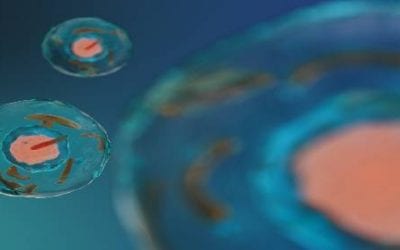



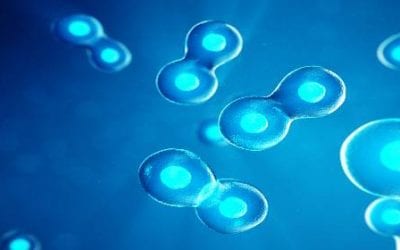

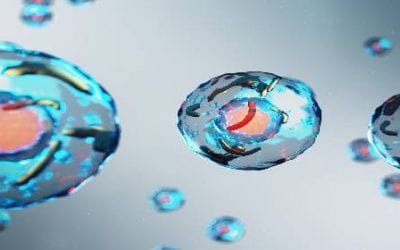



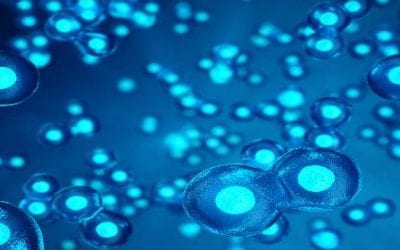
 St. Petersburg, Florida
St. Petersburg, Florida
